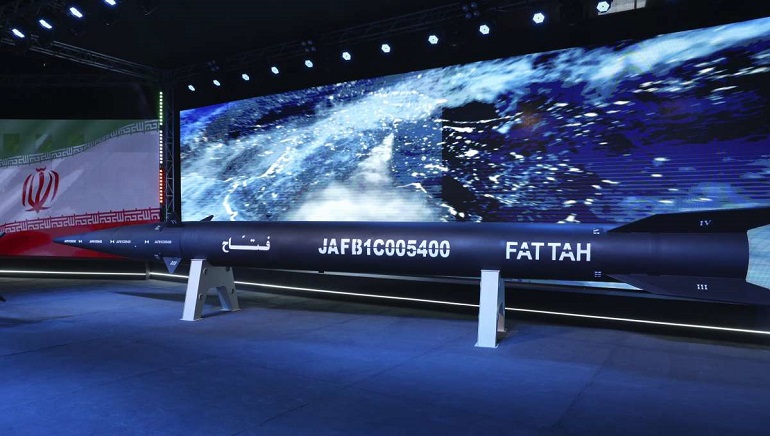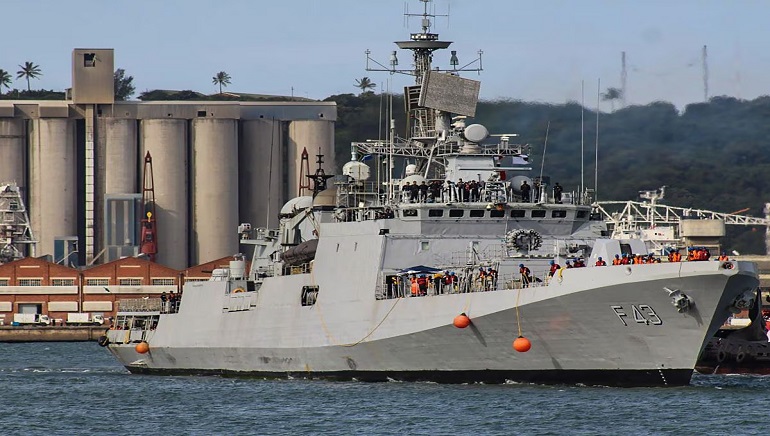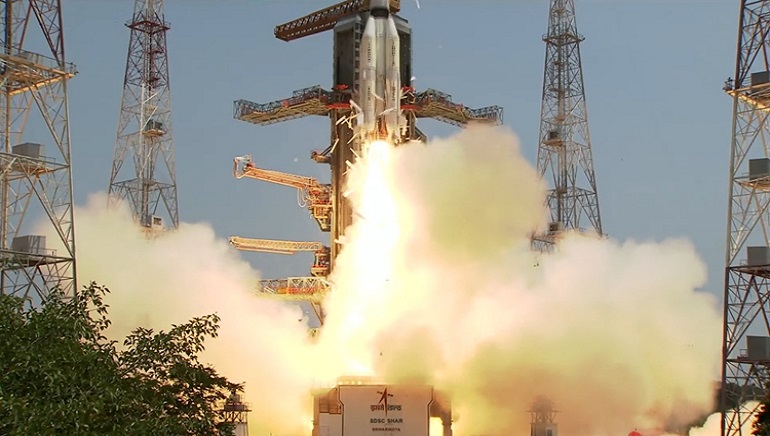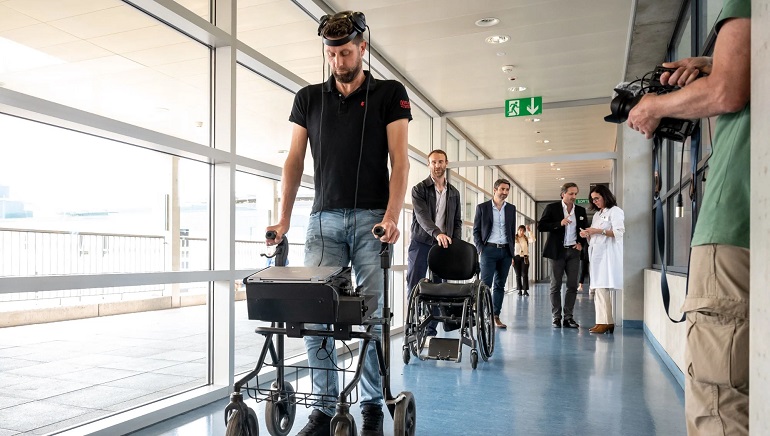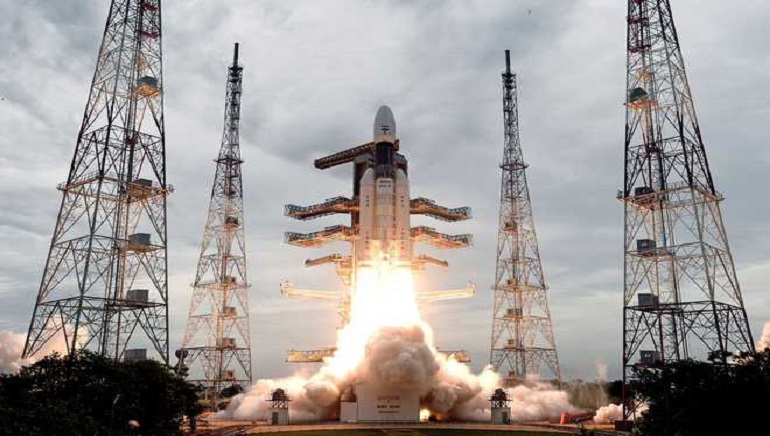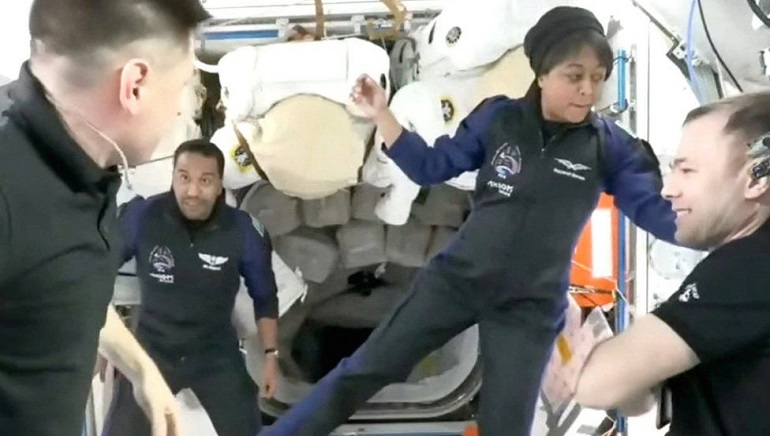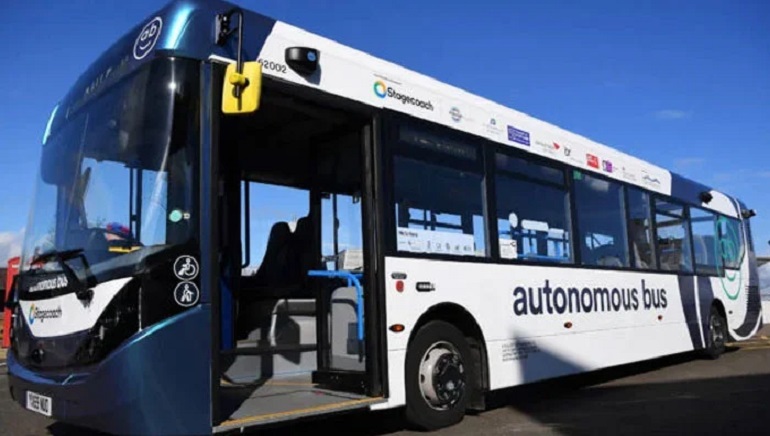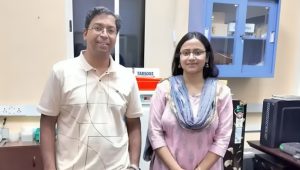Iran’s Revolutionary Guards unveiled an intermediate range ballistic missile on June 6 that is capable of travelling at hypersonic speeds of up to 15 times the speed of sound, said a state television report. The range of the Fattah missile is 1,400 kilometres.
President of Iran, Ebrahim Raisi hailed the new missile’s hypersonic capability, saying it would boost the country’s “power of deterrence” and “bring peace and stability to the countries of the region.”
The official IRNA news agency published photographs of the ceremony in a closed area. Several top military commanders were present at the launch, including Guards chief General Hossein Salami.
Like slower ballistic missiles, hypersonic missiles can be equipped with nuclear warheads. Unlike conventional ballistic missiles, hypersonic ones fly on a trajectory low in the atmosphere, enabling them to reach their targets more quickly and with less chance of being intercepted by modern air defences.
Last year, when the programme was announced, Guards aerospace chief General Amirali Hajizadeh said the system was developed to counter air defence shields. He added he believed it would take decades before a system capable of intercepting it is developed.





